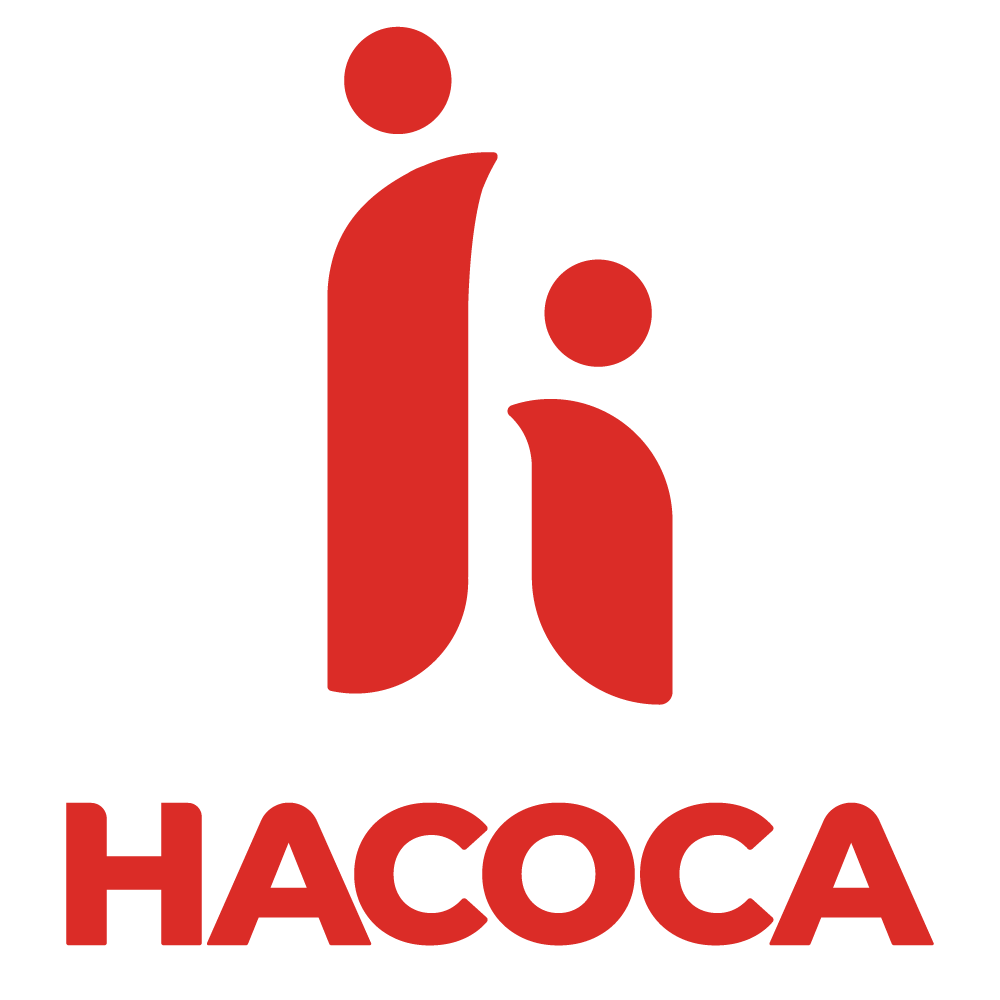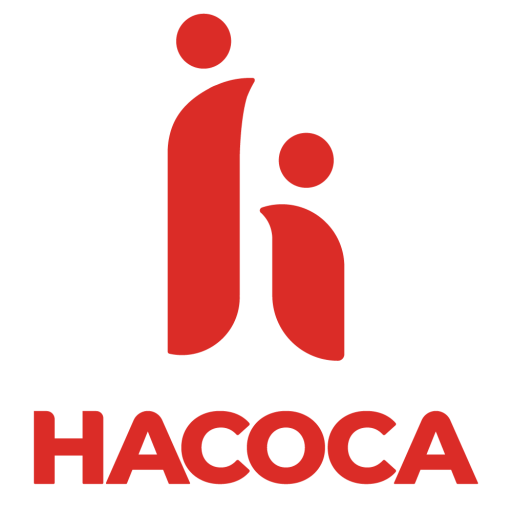Pamoja Tuwalee
This project’s objective is to enhance the capacity of households and communities to meet the needs of OVC, focusing on health, education, and social protection.
Project Overview
This project was designed to address the multifaceted and interconnected needs of orphans and vulnerable children (OVC) by empowering their households and communities to provide comprehensive, sustainable care and support. In Morogoro, HACOCA played an essential role in supporting the project across Kilosa, Mvomero, and Morogoro Municipal Council. The initiative goes beyond merely addressing immediate needs; it takes a holistic approach that focuses on improving health outcomes by ensuring access to essential healthcare services, nutrition, and psychosocial support.
The project focused on increasing educational opportunities for OVC by facilitating access to quality education and providing school supplies. Furthermore, the project emphasizes the importance of strengthening social protection mechanisms and working closely with community leaders, local organizations, and government agencies to create and strengthen a support system for OVCs and their families. This includes initiatives to enhance income-generating activities for caregivers, ensuring economic stability, and reducing the vulnerability of these households. By integrating health, education, and social protection, the project sought to create a nurturing environment where OVC can thrive, ensuring that they are not only cared but also equipped with the tools and resources needed for a brighter future.
Project Achievement
The project achieved remarkable success in improving the lives of orphans and vulnerable children (OVC) across Kilosa, Mvomero, and Morogoro Municipal Council. The project reached a total of 12,983 OVC, providing comprehensive support that addressed their health, educational, and social protection needs. Specifically, 2,534 OVC were supported in school through targeted psychosocial support, ensuring they had the emotional and mental well-being necessary to succeed academically. Additionally, the project formed and strengthened 453 saving and lending groups within the community, incorporating an OVC support component. These groups not only enhanced economic stability for households but also fostered a community-based approach to sustaining care and protection for OVC, ensuring long-term positive impacts on their lives and well-being.

